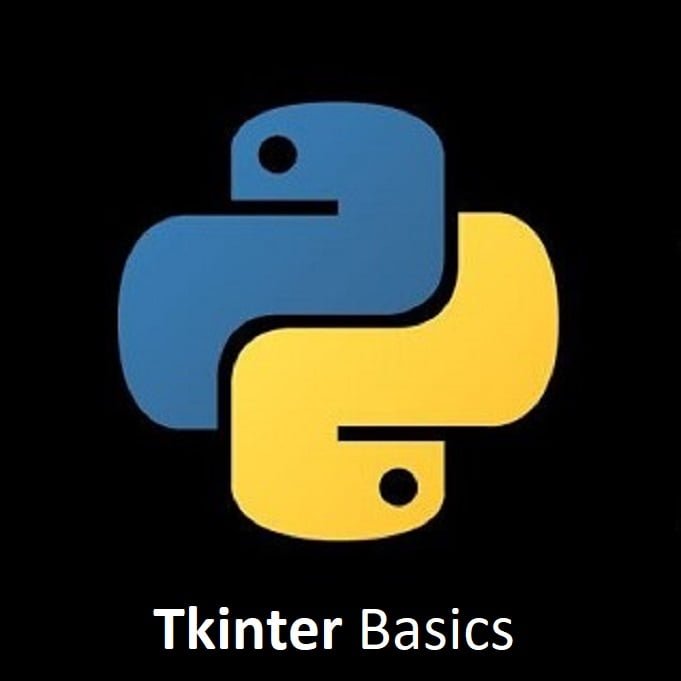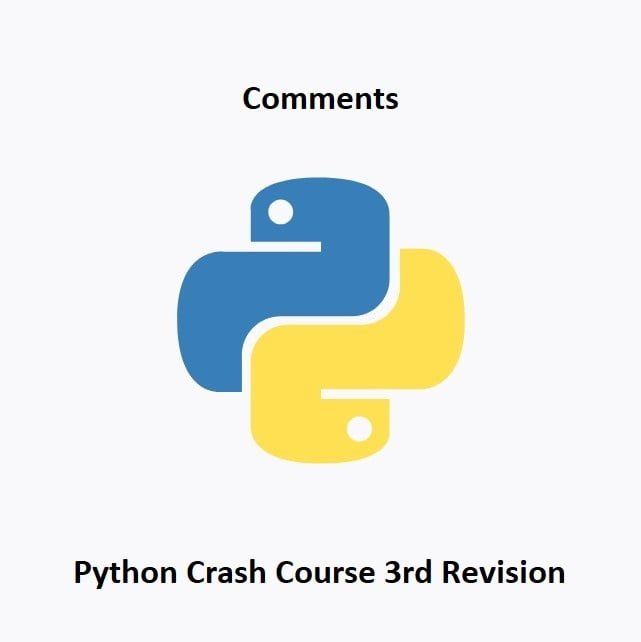Creating the Reverse Cipher with Python
In this guide I will explain what the Reverse cipher is and its uses. Then I will show you how to create your own reverse cipher program with Python.
The Reverse Cipher, also known as the “Backwards Cipher,” is one of the simplest and least secure methods of encryption. It’s not considered a practical encryption method and is mainly used for educational purposes or simple novelty. The idea behind the Reverse Cipher is exactly what its name suggests: reversing the order of characters in a plaintext message to create the ciphertext.
Here’s an in-depth explanation of how it works:
Character Reversal: To apply the Reverse Cipher, you take a plaintext message and reverse the order of its characters. Each character is flipped so that the last character becomes the first, the second-to-last becomes the second, and so on. Non-alphabetic characters (such as numbers and symbols) are treated the same way. Spaces are also reversed.
Encryption: The process of encryption in the Reverse Cipher is straightforward. You take the original message and reverse it character by character.
Decryption: Decryption in the Reverse Cipher is the same as encryption because you are merely reversing the order of characters. If you reverse the ciphertext, you get back to the original plaintext.
Here’s an example of how the Reverse Cipher works:
Plaintext: HELLO, WORLD!
Reverse-Encrypted: !DLROW ,OLLEH
Creating a Reverse Cipher with Python
As you would expect, the code is very simple, just replace the text within the message = ‘This is a basic reverse cipher.’
message = 'This is a basic reverse cipher.'
translated = '' #cipher text is stored in this variable
i = len(message) - 1
while i >= 0:
translated = translated + message[i]
i = i - 1
print("The cipher text is: " + translated)Run the script and your encrypted message will be printed to the terminal or console.
Conclusion
As mentioned earlier, the Reverse Cipher is not a secure method of encryption. It lacks complexity and does not provide any meaningful protection for sensitive information. The reverse operation can be easily applied, making it susceptible to decryption by anyone who knows the simple rule of reversing the characters.
In practice, the Reverse Cipher is rarely used for actual data security, as it offers no practical defense against even the most basic decryption attempts. More advanced encryption techniques with stronger security features are used to protect sensitive information in modern communication and data security.
Find more of our Python guides here: Python Guides
Recommendation:
Big Book of Small Python Programs: 81 Easy Practice Programs: https://amzn.to/3rGZjCR




